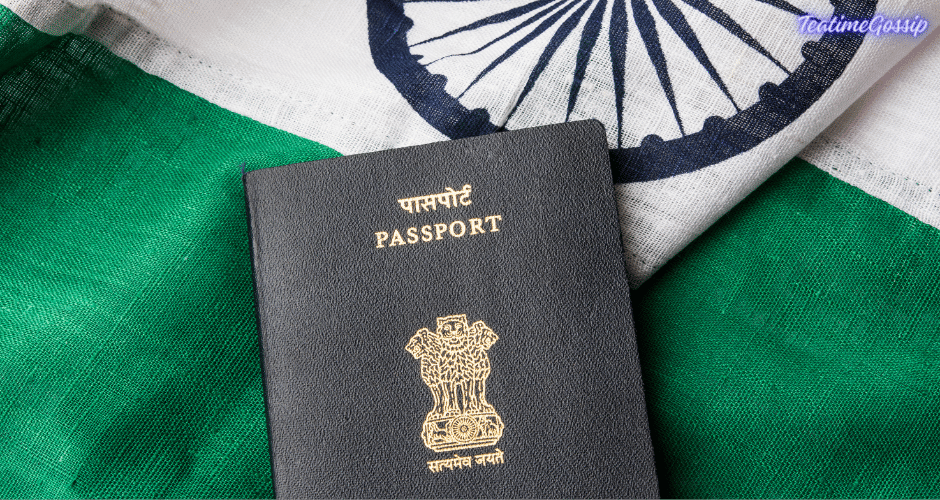Understanding the Citizenship Amendment Act (CAA): A Comprehensive Overview

The Citizenship Amendment Act (CAA) has been a subject of significant debate and controversy since its introduction. Enacted in December 2019 by the Government of India, the CAA amends the Citizenship Act of 1955 to grant Indian citizenship to religious minorities from three neighbouring countries – Pakistan, Afghanistan, and Bangladesh – who entered India on or before December 31, 2014, due to persecution on grounds of religion.
Background:
The CAA’s roots can be traced back to the partition of British India in 1947, which led to the creation of India and Pakistan. Subsequent migrations across borders resulted in the displacement of millions, particularly those belonging to religious minorities. Over the years, various communities faced persecution and discrimination in these countries, leading to their migration to India in search of refuge.

Key Provisions:
The Citizenship Amendment Act primarily focuses on amending the definition of illegal immigrants for the purpose of Indian citizenship. It provides a pathway to citizenship for Hindus, Sikhs, Buddhists, Jains, Parsis, and Christians who faced persecution in Pakistan, Afghanistan, and Bangladesh and entered India before December 31, 2014. Notably, Muslims are not included in this list, leading to widespread criticism and accusations of discrimination.
Controversies:
The CAA sparked nationwide protests and debates, with critics arguing that it undermines India’s secular principles enshrined in its constitution by introducing religion as a criterion for citizenship. Critics also assert that the exclusion of Muslims from the provisions of the Act violates the principles of equality and secularism.
The Act’s detractors fear that it could be used in conjunction with the National Register of Citizens (NRC) to target and disenfranchise Muslim citizens by labelling them as illegal immigrants if they fail to provide documentation to prove their citizenship. This fear was compounded by the government’s statements suggesting nationwide implementation of the NRC.
Government’s Defense:
The Indian government, on the other hand, defends the CAA as a humanitarian gesture aimed at providing relief to persecuted minorities from neighbouring countries. They argue that it does not affect the citizenship status of Indian Muslims and that it is intended to right historical wrongs by offering refuge to persecuted minorities.

The government also maintains that the CAA is in line with India’s tradition of providing shelter to persecuted communities, citing past instances of granting asylum to refugees from Tibet, Sri Lanka, and elsewhere.
Conclusion:
The Citizenship Amendment Act remains a contentious issue in Indian politics and society, with deep divisions regarding its implications for the nation’s secular fabric and constitutional values. While proponents view it as a humanitarian gesture, critics argue that it undermines the foundational principles of India’s democracy. As legal battles continue and public discourse evolves, the future of the CAA and its impact on India’s socio-political landscape remain subjects of intense scrutiny and debate.